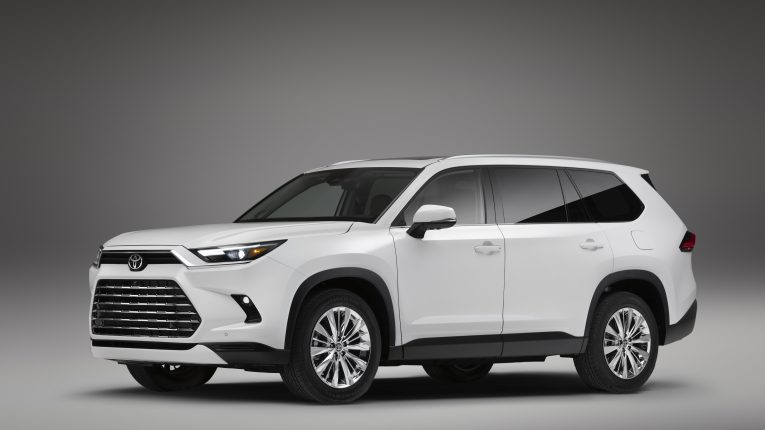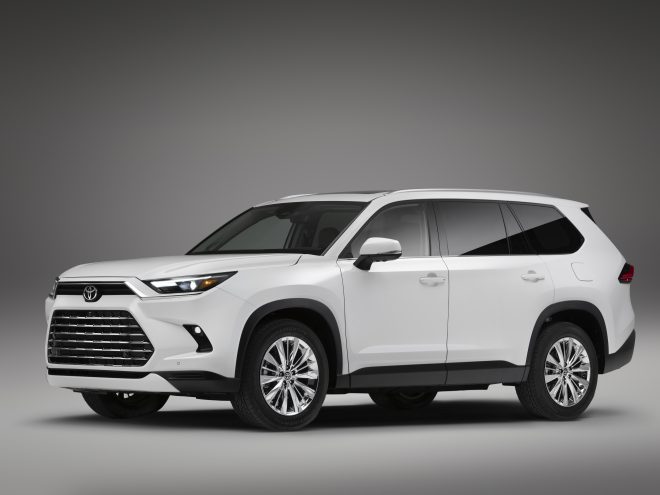
Whose Insurance Pays In A Multi Car Accident?
Multi-car accidents can be chaotic and overwhelming, leaving drivers and passengers unsure about how insurance coverage will be handled.
We will delve into the complexities of determining liability and explore which insurance policies come into play in a multi-car accident scenario.
Understanding the principles of negligence, fault determination, and insurance coverage will provide clarity on how these types of accidents are managed. Let’s explore the key factors involved!
In any car accident, determining negligence is paramount in establishing liability.
Negligence refers to the failure to exercise reasonable care, resulting in harm or damage to others.
In multi-car accidents, more than one driver may have contributed to the collision to varying degrees. Understanding the concept of comparative negligence is essential as it can impact how insurance coverage is distributed among the parties involved.
What Is Comparative Negligence?
Many states in the U.S. employ the principle of comparative negligence in multi-car accidents. This means that fault is apportioned among the drivers involved based on their respective levels of responsibility for the collision.
Each driver’s insurance will be responsible for covering the damages according to the percentage of fault assigned to their insured.
Primary Liability Determination
In the aftermath of a multi-car accident, law enforcement, insurance adjusters, or accident reconstruction experts are called upon to investigate and determine primary liability.
They meticulously examine evidence such as witness statements, traffic laws, and physical evidence at the scene to reconstruct the sequence of events leading to the accident. Based on this analysis, they assign percentages of fault to each driver.
Insurance Coverage for At-Fault Driver
In multi-car accidents, the insurance policy of each at-fault driver typically covers the damages caused to others involved in the collision.
Liability insurance is designed to compensate victims for their medical expenses, property damage, and other losses resulting from the accident. The coverage limits and terms will depend on the individual policy of each driver deemed responsible.
Impact of Multiple Insurance Policies
In a multi-car accident, there may be multiple insurance policies involved. This can make the process of determining liability and distributing insurance coverage even more complex.
For example, if two drivers are each partially at fault for an accident, each driver’s insurance company will only be responsible for paying out a portion of the damages.
The remaining damages will need to be paid out by the other driver’s insurance company, or by the uninsured/underinsured motorist coverage of the injured party.
The Role of Insurance Adjusters
Insurance adjusters are responsible for investigating multi-car accidents and determining liability. They will review the evidence, including witness statements, police reports, and photographs, and then decide who is at fault.
The insurance adjusters for each driver will then work to negotiate a settlement with the injured party. If the parties cannot reach an agreement, the case may go to court.
Uninsured/Underinsured Motorist Coverage
In some multi-car accidents, there may be a driver who lacks sufficient insurance coverage to fully compensate all the victims.
In such cases, uninsured or underinsured motorist coverage (UM/UIM) becomes relevant. This type of coverage, which many states require, provides protection to those involved in an accident with an at-fault driver who either has no insurance or lacks adequate coverage.
It’s important to be aware that certain states follow a no-fault insurance system. In these states, each driver’s insurance company covers their medical expenses and related losses, regardless of who caused the accident.
These states have specific thresholds for determining when a claim can be pursued against the at-fault driver for additional damages beyond what is covered under the no-fault policy.
Contributory Negligence States
A few states follow the doctrine of contributory negligence. In these states, if a driver is found even slightly at fault for the accident, they may be barred from recovering any compensation from other at-fault parties.
This legal principle significantly impacts multi-car accident cases and underscores the importance of understanding the laws in your state.
Moving Forward From A Multi-Car Accident
In a multi-car accident, insurance coverage for damages hinges on the principles of negligence, comparative fault, and the specific insurance policies of each driver involved.
The process of determining liability and the distribution of insurance coverage can be intricate, but it aims to ensure fair compensation for all parties affected.
Understanding your state’s laws, having adequate insurance coverage, and seeking legal advice from a qualified attorney can help navigate the complexities and protect your rights in a multi-car accident scenario.









